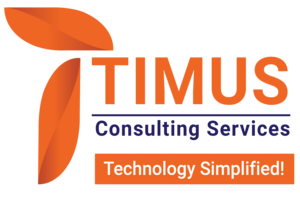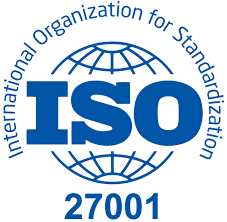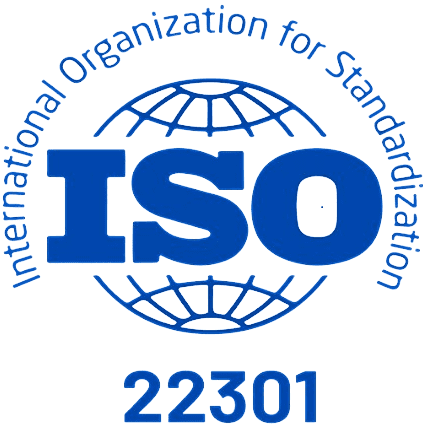In the ever-evolving landscape of information technology (IT), two critical pillars that organizations rely upon for efficiency, security, and strategic alignment are IT governance and IT asset management. These concepts form the backbone of modern businesses, ensuring that IT resources are utilized effectively, risks are mitigated, and organizational goals are met. Let’s delve into what each of these entails and their significance in today’s digital world.
IT Governance: Ensuring Strategic Alignment and Risk Management
Definition and Importance:
IT governance refers to the framework and processes that ensure IT investments support business goals, manage IT risks appropriately, and align IT strategy with organizational strategy. It provides a structured approach to decision-making and accountability within the IT function, ensuring that resources are used efficiently and IT activities contribute to business value.
Key Components:
- Strategic Alignment: Ensuring IT activities and investments are aligned with business objectives.
- Risk Management: Identifying, assessing, and mitigating IT-related risks to protect the organization.
- Resource Management: Efficiently managing IT resources such as infrastructure, applications, and personnel.
- Performance Measurement: Monitoring and evaluating IT performance against predefined metrics and benchmarks.
- Compliance: Ensuring IT operations adhere to regulatory requirements and internal policies.
Benefits:
- Improved Decision-Making: Clear governance structures facilitate informed decision-making processes.
- Risk Mitigation: Proactive risk management reduces the likelihood and impact of IT-related incidents.
- Cost Efficiency: Optimizing resource allocation leads to cost savings and better ROI on IT investments.
- Enhanced Agility: Enables organizations to respond quickly to changes in the business environment or technology landscape.
IT Asset Management: Maximizing Value and Minimizing Risks
Definition and Importance:
IT asset management (ITAM) involves managing the lifecycle of IT assets from procurement to disposal to maximize their value and minimize associated risks. It encompasses hardware, software, and digital assets, ensuring they are utilized efficiently, secured adequately, and compliant with licensing agreements and regulations.
Key Components:
- Inventory Management: Tracking and maintaining an inventory of all IT assets.
- Lifecycle Management: Planning for acquisition, deployment, maintenance, and retirement of assets.
- Software License Management: Ensuring compliance with software licensing agreements to avoid legal and financial penalties.
- Security Management: Protecting IT assets from cyber threats and unauthorized access.
- Cost Management: Optimizing costs associated with IT assets throughout their lifecycle.
Benefits:
- Cost Savings: Avoiding unnecessary purchases and optimizing asset utilization.
- Compliance: Ensuring adherence to licensing agreements and regulatory requirements.
- Risk Reduction: Enhancing security and reducing vulnerabilities associated with IT assets.
- Improved Efficiency: Streamlining processes and workflows related to IT asset management.
- Enhanced Decision-Making: Data-driven insights into asset usage and performance support strategic decisions.
The Intersection and Synergy
While IT governance focuses on strategic oversight and risk management across the IT landscape, IT asset management drills down into the specifics of managing individual IT resources to maximize their value and minimize risks associated with them. Together, these disciplines create a robust framework that supports organizational objectives, enhances operational efficiency, and ensures resilience against evolving technological challenges and threats.
Conclusion
IT governance and IT asset management are indispensable components of modern organizational strategy. By implementing effective governance frameworks and adopting comprehensive asset management practices, businesses can leverage their IT investments strategically, mitigate risks, and maintain a competitive edge in today’s digital economy.
Understanding and implementing these practices not only enhances IT operations but also contributes significantly to the overall success and resilience of the organization in an increasingly complex and interconnected world.
About us
We are Timus Consulting Services, a fast-growing, premium Governance, Risk, and compliance (GRC) consulting firm, with a specialization in the GRC implementation, customization, and support.
Our team has consolidated experience of more than 15 years working with financial majors across the globe. Our team is comprised of experienced GRC and technology professionals that have an average of 10 years of experience. Our services include:
- GRC implementation, enhancement, customization, Development / Delivery
- GRC Training
- GRC maintenance, and Support
- GRC staff augmentation
Our team
Our team (consultants in their previous roles) have worked on some of the major OpenPages projects for fortune 500 clients across the globe. Over the past year, we have experienced rapid growth and as of now we have a team of 15+ experienced and fully certified OpenPages consultants, OpenPages QA and OpenPages lead/architects at all experience levels.
Our key strengths:
Our expertise lies in covering the length and breadth of the IBM OpenPages GRC platform. We specialize in:
- Expert business consulting in GRC domain including use cases like Operational Risk Management, Internal Audit Management, Third party risk management, IT Governance amongst others
- OpenPages GRC platform customization and third-party integration
- Building custom business solutions on OpenPages GRC platform
Connect with us:
Feel free to reach out to us for any of your GRC requirements.
Email: Business@timusconsulting.com
Phone: +91 9665833224
WhatsApp: +44 7424222412
Website: www.Timusconsulting.com





